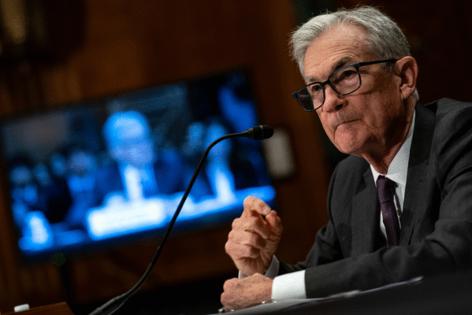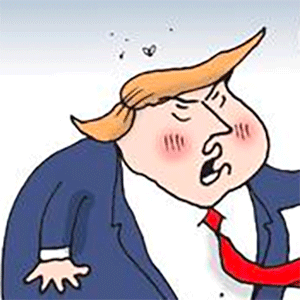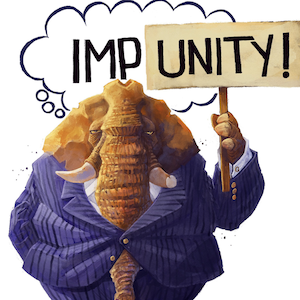Commentary: Powell put the Fed and taxpayers in the red
Published in Op Eds
Despite losing $235 billion, Federal Reserve Chairman Jerome Powell somehow still has a job—for now. His mismanagement of the Fed has not only badly hamstrung monetary policy for years but has stuck the taxpayer with a massive bill atop a general cost-of-living crisis. It’s no wonder calls for his resignation are growing.
While at the Fed’s helm, Powell has completely failed to deliver price stability—something mandated by the Fed’s charter—and instead conspired to create the worst inflation in more than four decades.
Adding insult to injury, Powell promised to keep interest rates low for years, only to raise them at the fastest pace in more than 40 years, hurting consumers and businesses alike and creating the second largest bank failure in American history. These violent changes in interest rates didn’t just cause many commercial banks to go insolvent—their strike extended even to the central bank: the Fed itself.
Beginning in 2020, the Fed pushed interest rates down to near zero to not merely enable but encourage massive borrowing by everyone from the federal government to consumers. This was done to counter the economic effects of shutting down the economy.
Setting aside the wisdom (or lack thereof) of such a policy in the first place, by 2021, there was no reason to continue this strategy.
Yet Powell persisted, keeping interest rates artificially low on everything from government bonds to mortgages, and from auto loans to student loans. Debt levels exploded, and that debt found its way onto bank balance sheets, including that of the Fed, which more than doubled to $9 trillion.
Although these debts are liabilities to whomever or whatever owns the money, they are assets to the creditor because they represent an income stream. Treasury bonds are a good example.
When the Fed buys a Treasury bond, it gives money to the Treasury. That money is then repaid to the Fed over 20 or 30 years with a fixed rate of interest. The bond is a liability for the Treasury because it’s money that must be repaid—a future expense—but it’s an asset to the Fed because it’s money that will be received—future income.
Because Powell kept interest rates so low for so long and purchased so much debt, though, this dynamic was pushed to the brink. While Powell succeeded in creating trillions of dollars for the Treasury to spend in 2021 and 2022, he also forced the Fed and virtually all financial institutions to load up on ultra-low interest-rate assets that provided almost no revenue.
Banks were willing to take that risk, largely because Powell promised interest rates would stay low for years. Of course, he then promptly broke that promise, and rates not only rose but jumped at the fastest pace in four decades.
This was because Powell kept the rates too low for too long, facilitating the worst inflation in more than 40 years. Like a rubber band snapping back after being overstretched, the move was sudden and violent.
To compensate, the arsonist played fireman, with Powell quickly pushing rates higher to put out the inflationary fire he set in the first place. But in this game of monetary Whack-A-Mole, the Fed ended up wrecking the balance sheets of countless banks—along with its own.
The higher interest rates meant banks had to pay much more to depositors or to borrow money. And because Powell also instituted policies whereby even the Fed now pays interest on money parked in its vaults, this interest expense also exploded higher.
The result was very little money coming in via assets like bonds or mortgages and much more money going out via liabilities like interest expenses on deposits. As losses mounted, the disparity was large enough to cause the second largest bank failure in American history in spring 2023.
But that bank failure is nothing compared to the effect on the Fed, where losses now exceed $235 billion. If Powell didn’t have the ability to simply create money, the Fed would be insolvent.
Ordinarily, the Fed turns a profit and hands that money to the Treasury. But because of Powell’s mistakes, it will be years before the Fed has enough profits to cover its accrued losses—something that must happen before the Treasury sees another dime.
Who makes up for this lost revenue to the Treasury? The taxpayer does.
The American people are on the hook for Powell’s mistakes, including paying hundreds of millions of dollars daily in interest to Wall Street—a policy that is still ongoing. If anyone ever deserved to lose his or her job, it’s Powell.
____
E.J. Antoni, Ph.D., is chief economist and the Richard Aster fellow at the Heritage Foundation and a senior fellow at Unleash Prosperity.
_____
©2025 Tribune Content Agency, LLC.

























































Comments